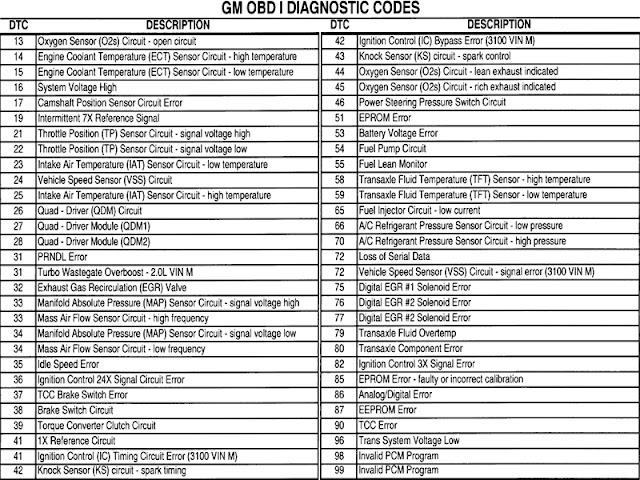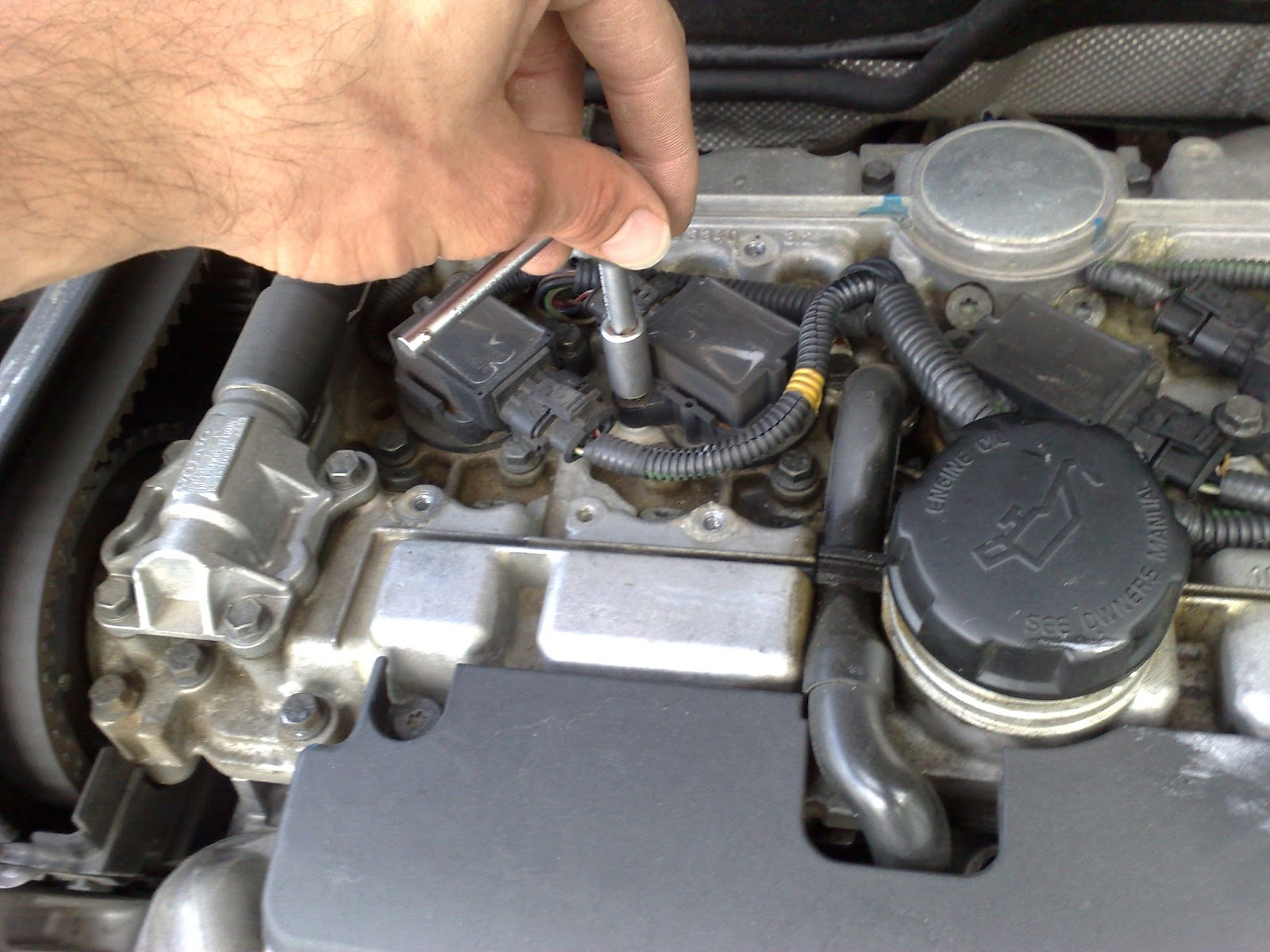Deciphering the P0300 OBD Code in Your Chevrolet: A Comprehensive Guide
Is your Chevrolet sputtering, misfiring, or experiencing a loss of power? Has that dreaded check engine light illuminated your dashboard? If so, your vehicle's onboard diagnostic system (OBD-II) might have stored the P0300 trouble code. This cryptic code indicates a random or multiple cylinder misfire, a common issue in Chevrolet vehicles. Understanding the P0300 code is crucial for addressing this problem and restoring your vehicle's performance.
The P0300 OBD-II code, representing random/multiple cylinder misfires, is a prevalent diagnostic trouble code encountered by Chevrolet owners. This code doesn't pinpoint a single faulty component but signals a general misfiring problem across multiple cylinders. This can manifest in a variety of ways, from rough idling and reduced fuel efficiency to decreased acceleration and even stalling. Diagnosing the root cause of a P0300 code in a Chevrolet requires a systematic approach, ruling out potential culprits one by one.
The OBD-II system, mandated in vehicles since 1996, offers a standardized method for diagnosing engine and emissions problems. When a misfire is detected by the engine control module (ECM), the P0300 code, or a more specific code like P0301 (cylinder 1 misfire), P0302 (cylinder 2 misfire), and so on, is stored. The P0300 code specifically points to random or multiple misfires, making it more challenging to pinpoint the exact cause.
The implications of ignoring a P0300 diagnostic trouble code in your Chevrolet are substantial. Continuous misfiring can lead to catalytic converter damage, decreased fuel economy, and even engine damage. Addressing the issue promptly is essential to prevent costly repairs and maintain the longevity of your vehicle.
Several factors can contribute to a P0300 code in a Chevrolet. These include faulty spark plugs or ignition coils, failing fuel injectors, vacuum leaks, low fuel pressure, a malfunctioning mass airflow sensor (MAF), or even issues with the engine control module itself. Other potential culprits include worn-out spark plug wires, a faulty distributor cap and rotor (in older models), and problems with the engine's mechanical components, such as valves or piston rings.
Addressing the P0300 OBD code requires a process of elimination. Start with the most common causes, such as spark plugs and ignition coils. Inspect these components for wear and tear and replace them if necessary. Checking for vacuum leaks is another important step. A visual inspection of vacuum hoses and connections can often reveal cracks or loose fittings. Fuel pressure and injector function should also be tested. If these checks don't reveal the issue, a deeper diagnostic investigation might be necessary, involving specialized equipment and a qualified mechanic.
One benefit of understanding the P0300 Chevrolet code is the ability to preemptively address potential issues. Regular maintenance, such as replacing spark plugs and wires at the recommended intervals, can prevent misfires and keep your engine running smoothly. Another benefit is improved fuel economy. Addressing a misfire promptly can restore fuel efficiency and save you money at the pump. Finally, understanding this code empowers you to troubleshoot basic engine issues and potentially avoid costly repairs.
Advantages and Disadvantages of OBD-II Codes
| Advantages | Disadvantages |
|---|---|
| Provides standardized diagnostic information | Doesn't always pinpoint the exact problem |
| Enables proactive maintenance | Requires a code reader or scanner |
| Empowers car owners to troubleshoot issues | Can be misleading without further diagnostics |
Frequently Asked Questions about the P0300 Code:
1. What does P0300 mean? A: It indicates a random or multiple cylinder misfire.
2. What causes P0300 in a Chevy? A: Several factors, including faulty spark plugs, ignition coils, fuel injectors, or vacuum leaks.
3. Can I drive with a P0300 code? A: It's not recommended; it can damage the catalytic converter and engine.
4. How do I fix a P0300 code? A: Diagnose the underlying cause and replace faulty components.
5. How much does it cost to fix a P0300 code? A: It depends on the specific cause; it can range from a few dollars for spark plugs to hundreds for more complex repairs.
6. How can I prevent P0300? A: Regular maintenance, like spark plug and wire replacements, can help prevent misfires.
7. Is P0300 a serious problem? A: Yes, it can lead to significant engine damage if left unaddressed.
8. What tools do I need to diagnose P0300? A: An OBD-II scanner and basic hand tools are often sufficient for initial diagnostics.
In conclusion, the P0300 OBD-II code in a Chevrolet signifies a random or multiple cylinder misfire, a problem that demands attention. Understanding this code, its potential causes, and its implications is crucial for every Chevrolet owner. By proactively addressing this issue through proper diagnosis and timely repairs, you can prevent further engine damage, improve fuel efficiency, and ensure the longevity of your vehicle. Don't ignore the P0300 code. Take action to identify the underlying problem and get your Chevrolet running smoothly again. Investing time in understanding this common trouble code will ultimately save you money and frustration in the long run.
Clima en reynosa en tiempo real your guide to desert dressing
Elevate your aura discovering the magic of cute purple wallpapers for iphone
The art of transformation exploring artists who dress as women














